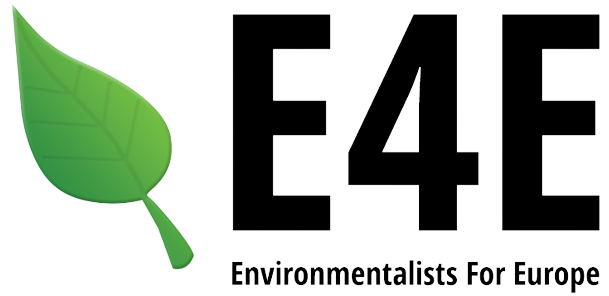What is the process of running water erosion?
What is the process of running water erosion?
Water erosion is the detachment and removal of soil material by water. The process may be natural or accelerated by human activity. The rate of erosion may be very slow to very rapid, depending on the soil, the local landscape, and weather conditions. Water erosion wears away the earth’s surface.
What are the types of water erosion?
Different Types Of Water Erosion
- Splash Erosion. This is the first stage in the erosion process that is caused by rain.
- Sheet Erosion.
- Rill Erosion.
- Gully Erosion.
- Tunnel Erosion.
- Impact On Flora.
- Impact On Fauna.
- Flooding.
What is rill erosion and gully erosion?
Rill erosion occurs when runoff water forms small channels as it concentrates down a slope. These rills can be up to 0.3m deep. If they become any deeper than 0.3m they are referred to as gully erosion.
What is erosion give 3 examples?
Some erosion examples include wind erosion, water erosion, glacial erosion, temperature erosion, and mass wasting (such as landslides).
How does running water causes soil erosion?
Soil erosion is the process in which the top Soil gets removed due to rain or environmental problems. Running water leads to soil erosion because it washes the top soil causing soil erosion.
What are the 3 steps of the erosion process?
Erosion involved three processes: detachment (from the ground), transportation (via water or wind), and deposition. The deposition is often in places we don’t want the soil such as streams, lakes, reservoirs, or deltas.
What is riparian erosion?
Riparian erosion is one of the major causes of sediment and contaminant load to streams, degradation of riparian wildlife habitats, and land loss hazards. Land and soil management practices are implemented as conservation and restoration measures to mitigate the environmental problems brought about by riparian erosion.
What are rills and gullies?
In hillslope geomorphology, a rill is a shallow channel (no more than a few tens of centimetres deep) cut into soil by the erosive action of flowing water. Similar but smaller incised channels are known as microrills; larger incised channels are known as gullies.
What are three examples of weathering and erosion?
Example of erosion: Wind carries small pieces of rock away from the side of a mountain. Chemical Weathering: – Decomposition of rock and soil due to chemical reactions. Mechanical Weathering: – Decomposition of rock and soil due to mechanical forces (pushes and pulls).
What is running water in geography?
A river is running water, and refers to a mass of water flowing over the land surface from its source and empties usually into the seas, lakes, swamps or depressions. Whenever rain falls, it is drained from the land surface into rivers and lakes, apart from that evaporated.
What do you mean by gully erosion?
Gully erosion is a widespread and often dramatic form of soil erosion caused by flowing surface water. It consists of open, unstable channels that have been cut more than 30 centimetres deep into the ground. Gully erosion is a result of the interaction of land use, climate and slope.
What is riparian corridor?
The riparian. corridor includes human-created reservoirs, wildlife ponds, wetlands, and waterholes. connected to or associated with natural water features. In addition, those areas not. associated with natural water features, but support riparian flora or fauna, will have a.
What are the four types of water erosion?
There are four main types of water erosion: inter-rill erosion, rill erosion, gully erosion, and streambank erosion. Let’s learn about them now.
What is water erosion and how does it happen?
Water erosion is when soil and other natural materials are moved from one spot to another by water. The 4 types of water erosion are: Humans also contribute to water erosion by cutting down too many trees and plants; this makes it easier for soil to move around and can cause plants to be unhealthy.
What is an example of rill erosion?
When the water splashes down, the soil or natural particles move to the outside of the area, creating a small crater in the soil. If enough of these small raindrops join together to create a small stream of water, you will see an example of rill erosion.
What is the difference between streambank erosion and water erosion?
This type of water erosion creates large cuts in the land that are usually more than one foot deep. The final type of water erosion is called streambank erosion. It’s caused by large flowing bodies of water, such as rivers and large streams.
